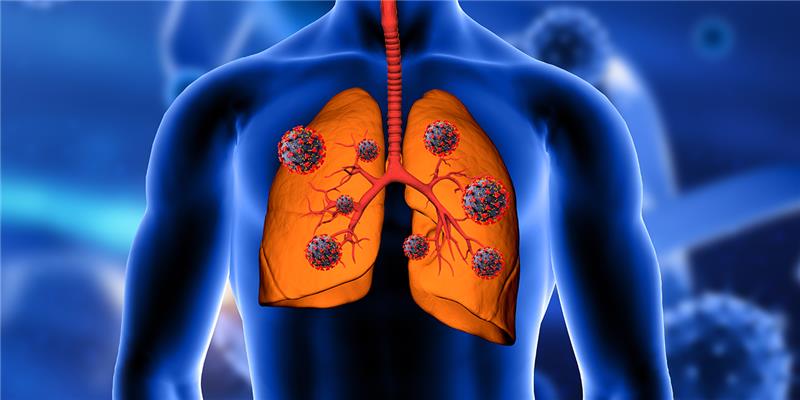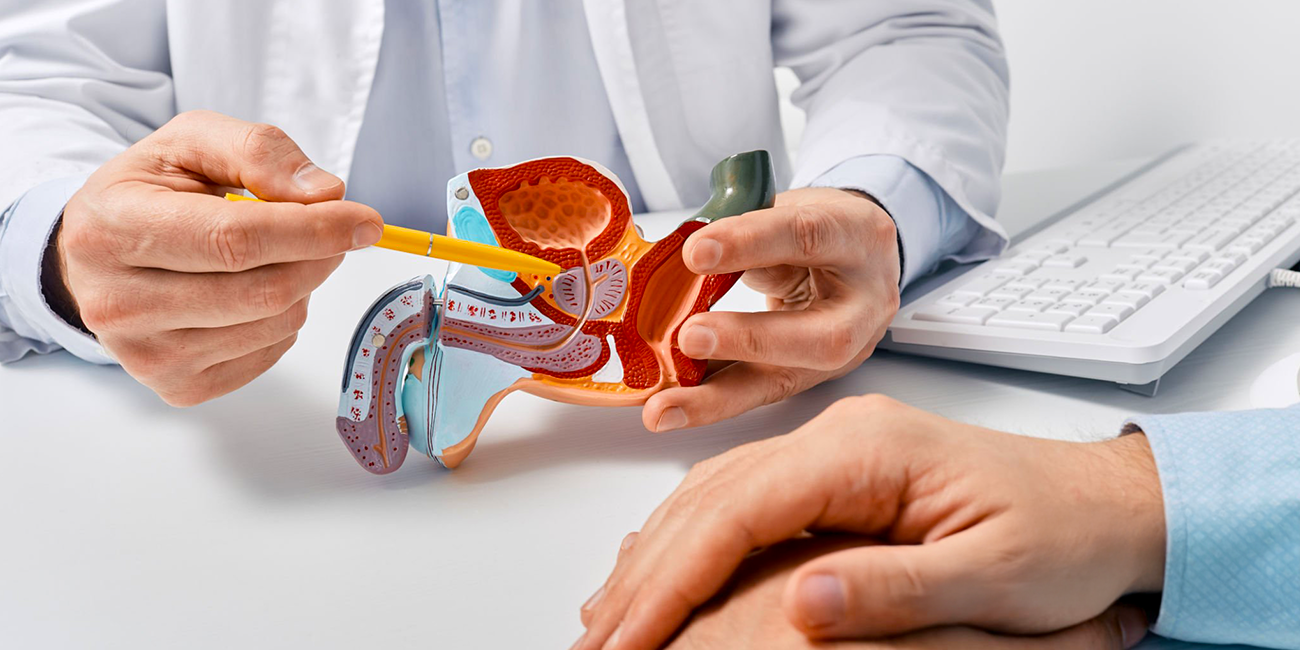
Book a Consultation
Thank you!
Your form has been sent successfully.



March 25, 2021
A colon polyp is a growth on the inside of the colon. Thankfully, not all of them are malignant. In fact, most of them are non-cancerous and it is possible to completely extract them. Colonoscopy results often reveal such growths in men over the age of 40 and physicians usually remove them during the process so that they can be analyzed for precancerous characteristics. If left intact, some of these masses may eventually turn cancerous. Therefore, detection and extraction of polyps is an effective way of preventing possible future malignancies.
Colonic masses fall into three broad categories:
1. Sessile - Shaped like a dome, without a stalk. Usually harmless but are taken out anyway.
2. Hyperplastic - Non-precancerous, yet physicians remove them to avoid any risk
3. Adenomas - Lesions that slowly progress to cancer. Removing them is almost always the course taken by physicians.
Read more: 3 Reasons Why World Cancer Day is Important
There are several risk factors that can contribute to the development of colon polyps which are as follows:
The risk of developing colon polyps increases with age with the majority of cases diagnosed in people over the age of 50.
This disease is hereditary and individuals with a family history of colon polyps or colon cancer are at an increased risk.
People with a medical history of colon polyps in the past are at increased risk of developing new polyps.
Those suffering from inflammatory bowel disease, such as Crohn's disease or ulcerative colitis, are at greater risk.
Red meat, processed foods and a diet low in fiber may contribute to this condition.
People who are overweight or obese may develop colon polyps.
Lack of physical activity and leading a sedentary lifestyle may put you at risk. Of developing colon polyps
Some genetic conditions, such as familial adenomatous polyposis (FAP) and Lynch syndrome may contribute to this disease.
African Americans are at greater risk of developing colon polyps and colon cancer than people of other ethnicities.

While most colonic growths do not perpetrate any signs at first, here are some warning signs that one should be aware of:

There are several methods that doctors recommend for colon polyps diagnosis depending on an individual’s age and health condition. Some of the most commonly recommended diagnostic testing for colon polyps are as follows:
The most common and effective method of diagnosing colon polyps is colonoscopy. During this procedure, a flexible tube with a camera on the end is inserted into the rectum to view the colon and identify any polyps. If the doctors find any polyps, they are generally removed during the same procedure.
While colonoscopy is an invasive procedure, virtual colonoscopy is a non-invasive alternative. It uses a CT scan to create detailed images of the colon and in case polyps are found on the scan, a colonoscopy may be later recommended to remove them.
This is quite similar to a colonoscopy but only examines the lower portion of the colon. Doctors usually recommend it as a screening test for people at average risk of colon cancer.
It detects the presence of blood in the stool, which can be a possible sign of colon polyps or cancer. However, it is not a definitive diagnostic test and may produce false positive or false negative results sometimes.
This is a newer test that helps identify abnormal DNA in the stool, which can be an indication of colon polyps or cancer. It is less invasive but may not be as accurate as a colonoscopy.
If your physician finds polyps during a routine colonoscopy, they will likely recommend extraction and frequent follow-ups post removal. The reason behind the follow-ups is that there is a high possibility of recurrence in such cases.
Read more: How to Make the Best of Life After Cancer
Cured red meat, as well as meat that has been cooked at very high temperatures, can put you at greater risk of developing colonic carcinoma. Try increasing the intake of lean meat, fresh fruits and veggies, nuts, and fatty fish instead.
Working out for at least 30-minutes every day can help reduce the risk of colon polyps significantly. Besides, regular physical activity also helps manage weight which may otherwise contribute to this disease.
Read more: Lifestyle Changes That Could Reduce Cancer Risk
Sufficient levels of Vitamin D intake can lower the risk of developing colorectal cancer. Add fatty fish such as salmon, tuna, and mackerel, and fortified foods including milk, orange juice, etc. increase your vitamin D intake. In addition, individuals can also opt for vitamin D supplements to get an adequate supply of this essential nutrient. However, it is essential to talk to a healthcare provider before making any alterations to the diet and getting any new supplements.
Smoking can make individuals more vulnerable to several types of cancer including colorectal carcinoma. Try to avoid inhaling secondhand smoke as well.
Read more: How to Avoid Smoking without Using Nicotine Gum
According to reports, anywhere between 15 and 40 percent of adults in the United States may have colon polyps. Although not all polyps in the colon are cause for worry, it is vital to catch them in time and seek treatment to negate the possibility of them developing into cancer. For more information on various types of cancers and their treatments, contact ACTC, one of the best cancer treatment centers in Florida. Visit our website or contact us to receive the best-personalized cancer care and treatment plans.



December 16, 2025
Hearing a HER2 gene mutation on a report can feel scary, but it also p...
KNOW MORE

December 16, 2025
Seeing a dark streak under your nail that doesn't fade or grow out can...
KNOW MORE

December 16, 2025
If you're worried that an itchy or stubborn rash could be cancer, you'...
KNOW MORE

December 16, 2025
Hearing that your CT scan shows a spot on your lung can be unsettling....
KNOW MORE

November 13, 2025
Food choices feel high-stakes during cancer care, and because of that,...
KNOW MORE

November 13, 2025
Ablation treats prostate cancer using energy such as heat, cold, elect...
KNOW MORE
